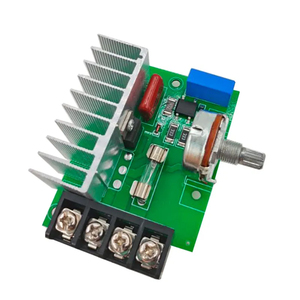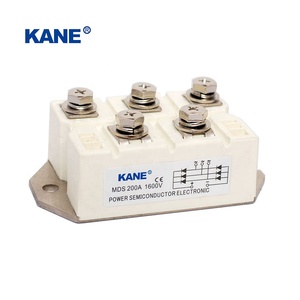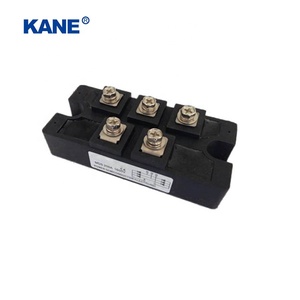Introduction to PWM Rectifiers
A PWM (Pulse Width Modulation) rectifier is an essential electronic device that converts alternating current (AC) to direct current (DC) using PWM techniques. These rectifiers are increasingly utilized in various electronic applications due to their efficiency, compact form factor, and superior control over output voltage and current characteristics. By modulating the width of the pulses in the waveforms, PWM rectifiers significantly improve the performance of power supplies, renewable energy systems, and electric motor drives. Their ability to enhance power factor and minimize harmonic distortion establishes them as critical components in modern electrical engineering.
Types of PWM Rectifiers
PWM rectifiers come in several forms, each designed for specific applications and functionalities. Understanding the types of PWM rectifiers is essential for selecting the right one for your needs. Here are the primary types:
- Half-Controlled PWM Rectifiers: These rectifiers consist of both controlled and uncontrolled elements, typically combining diodes and thyristors. They are favored for their simplicity in controlling output voltage.
- Fully-Controlled PWM Rectifiers: Incorporating solid-state switches like IGBTs or MOSFETs, these rectifiers offer precise control over the output, making them ideal for applications where performance is critical.
- Active Front-End Rectifiers: A sophisticated type of PWM rectifier, these are designed to enhance power quality and are frequently used in grid-connected applications to maintain power factor.
- Bidirectional PWM Rectifiers: These versatile devices can operate in both directions, enabling them to handle power flow efficiently in applications such as energy storage systems.
Applications of PWM Rectifiers
The versatility of PWM rectifiers allows them to be utilized in various sectors and applications. Some notable areas include:
- Renewable Energy Systems: In solar inverters and wind energy systems, PWM rectifiers facilitate the conversion of generated power to a usable format.
- Electric Vehicles: They play a crucial role in power management systems, enhancing battery performance while minimizing energy loss.
- Industrial Motor Drives: PWM rectifiers are widely used in variable frequency drives (VFDs) to control motor speed and torque efficiently.
- Railway Traction Systems: Utilizing these rectifiers ensures smooth operation and effective energy management in electric trains and trams.
Advantages of Using PWM Rectifiers
PWM rectifiers bring numerous advantages that enhance their appeal in modern electronic systems. Some of these benefits include:
- High Efficiency: PWM techniques result in lower conduction losses, translating to higher overall system efficiency.
- Improved Power Factor: By controlling the output waveform, PWM rectifiers maintain a high power factor, which is essential for reducing utility costs.
- Reduced Harmonics: The modulation technique minimizes the generation of harmonics, leading to improved power quality and compliance with industry standards.
- Compact Design: The smaller footprint of PWM rectifiers enables easier integration into compact electronic systems without sacrificing performance.



















































































































































































